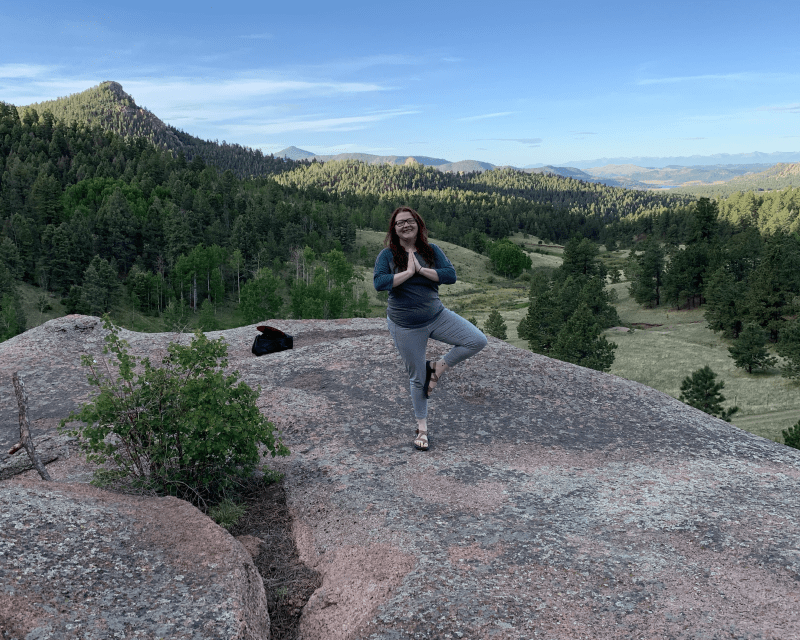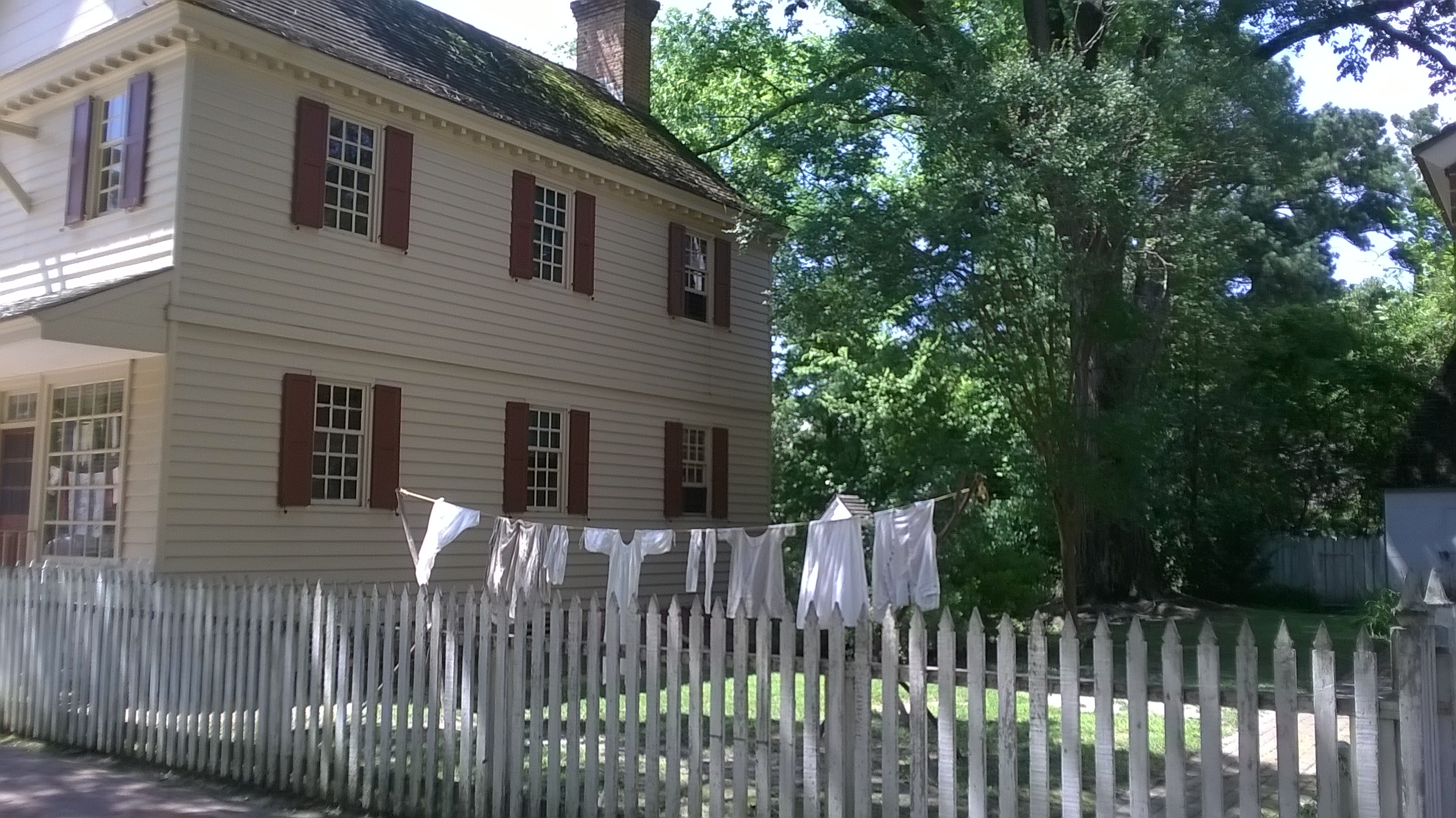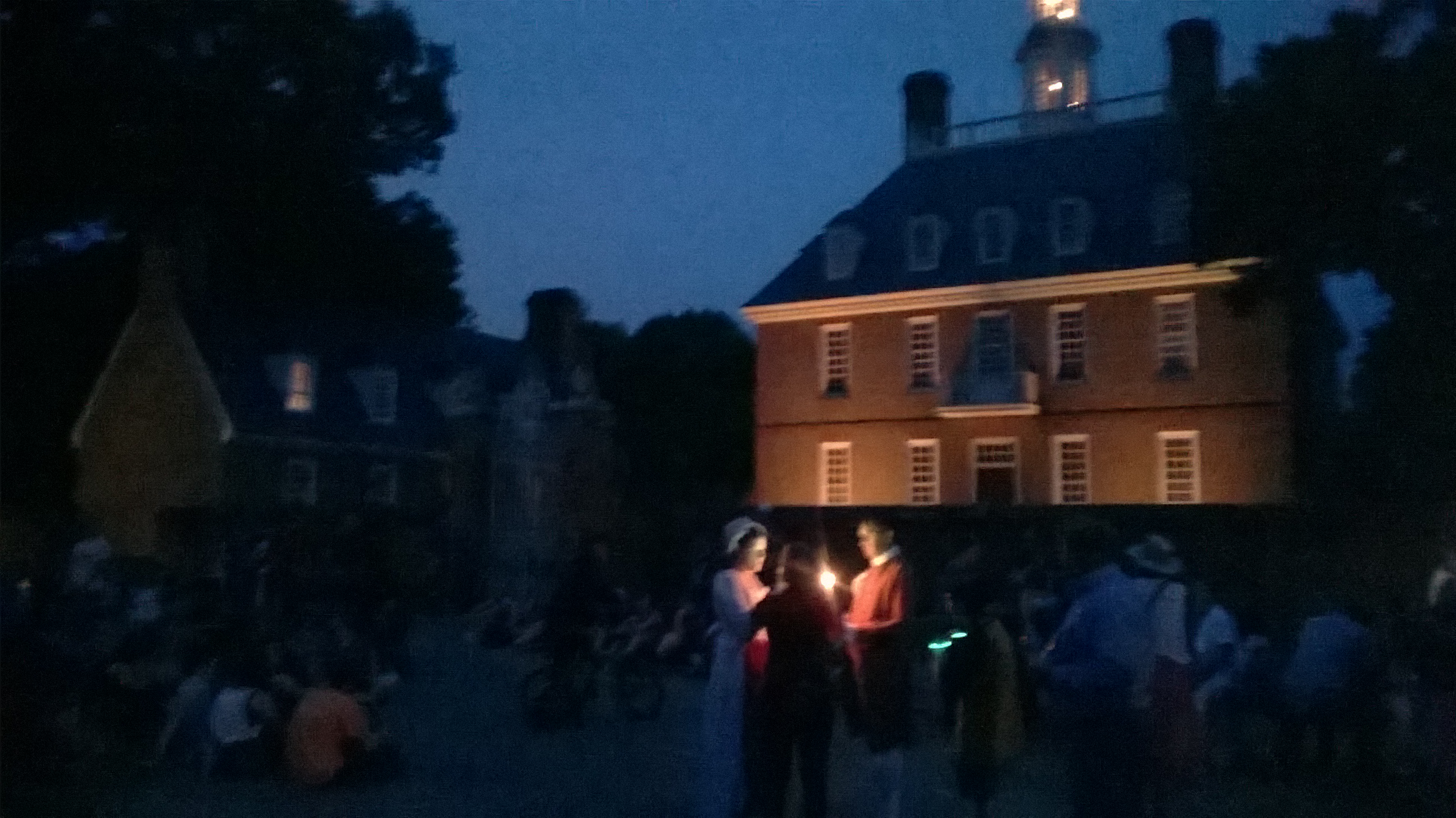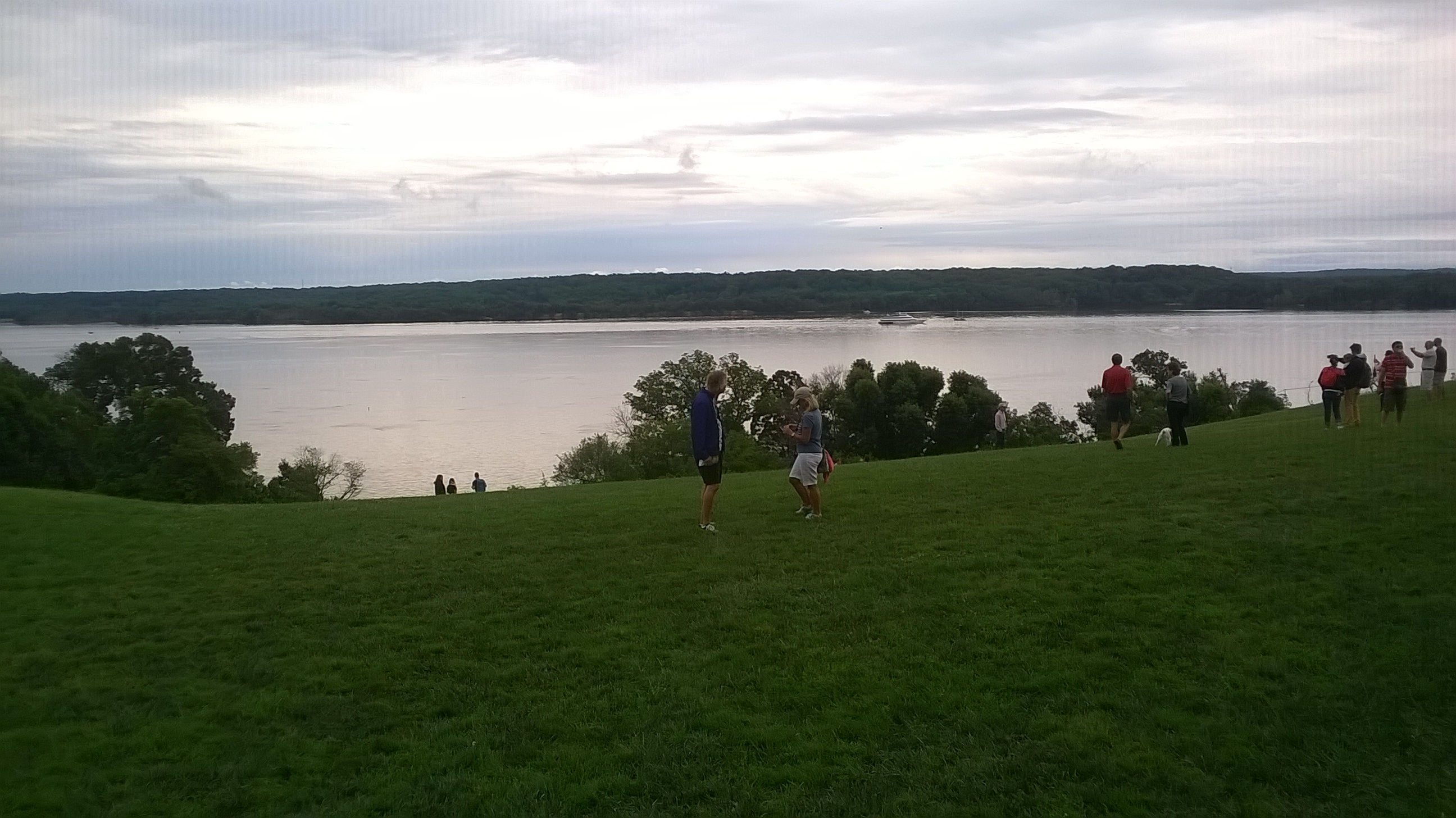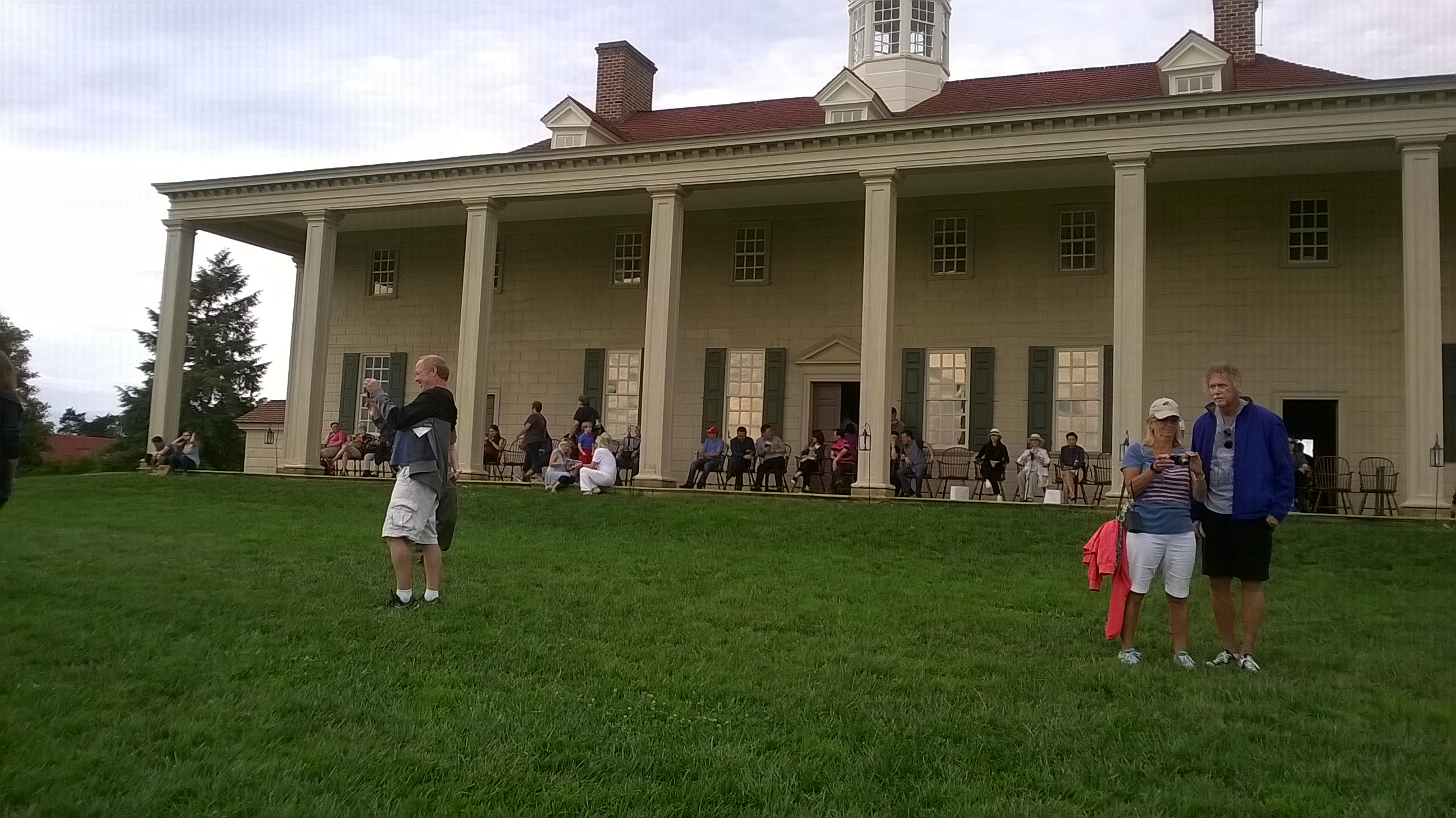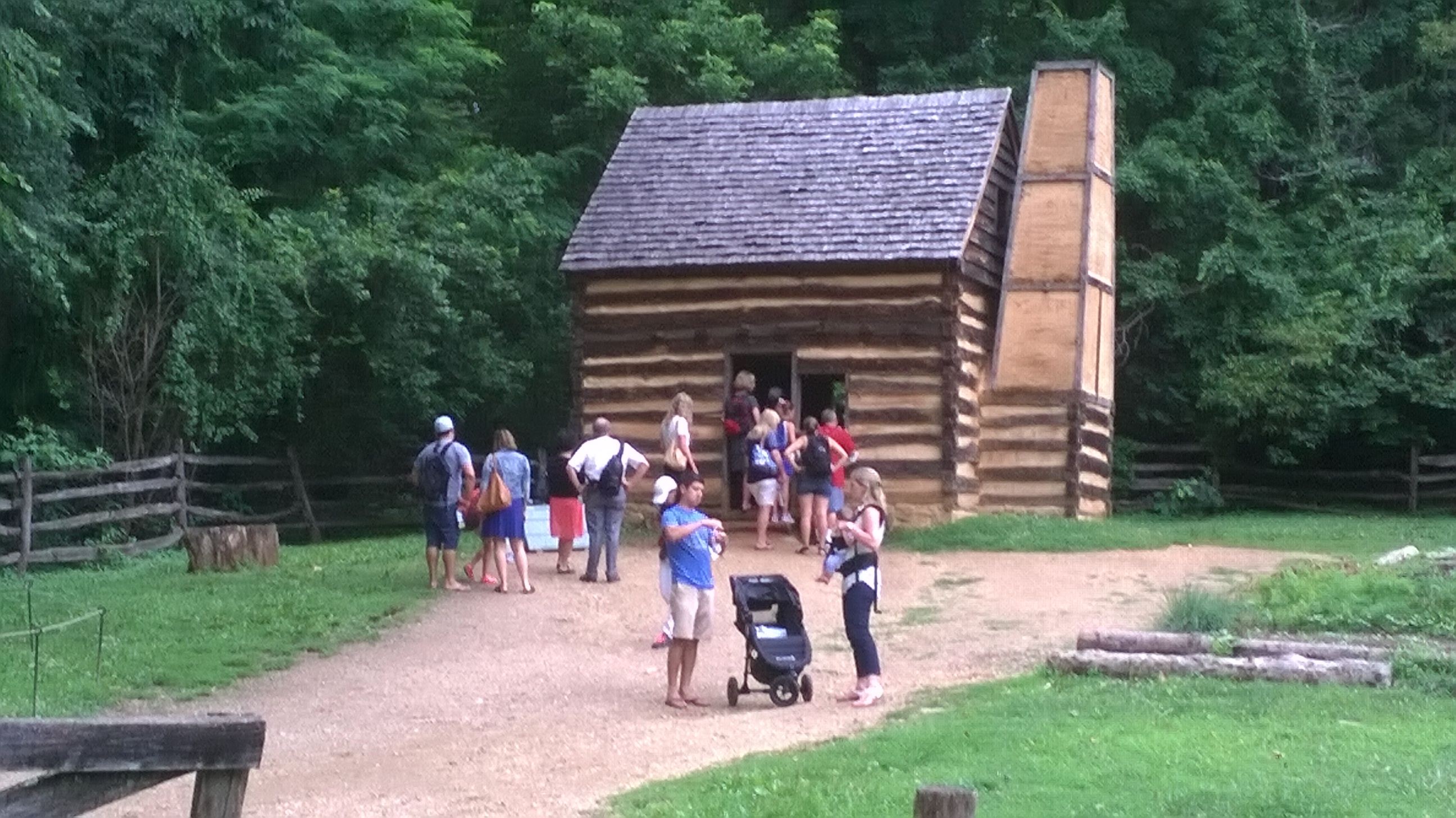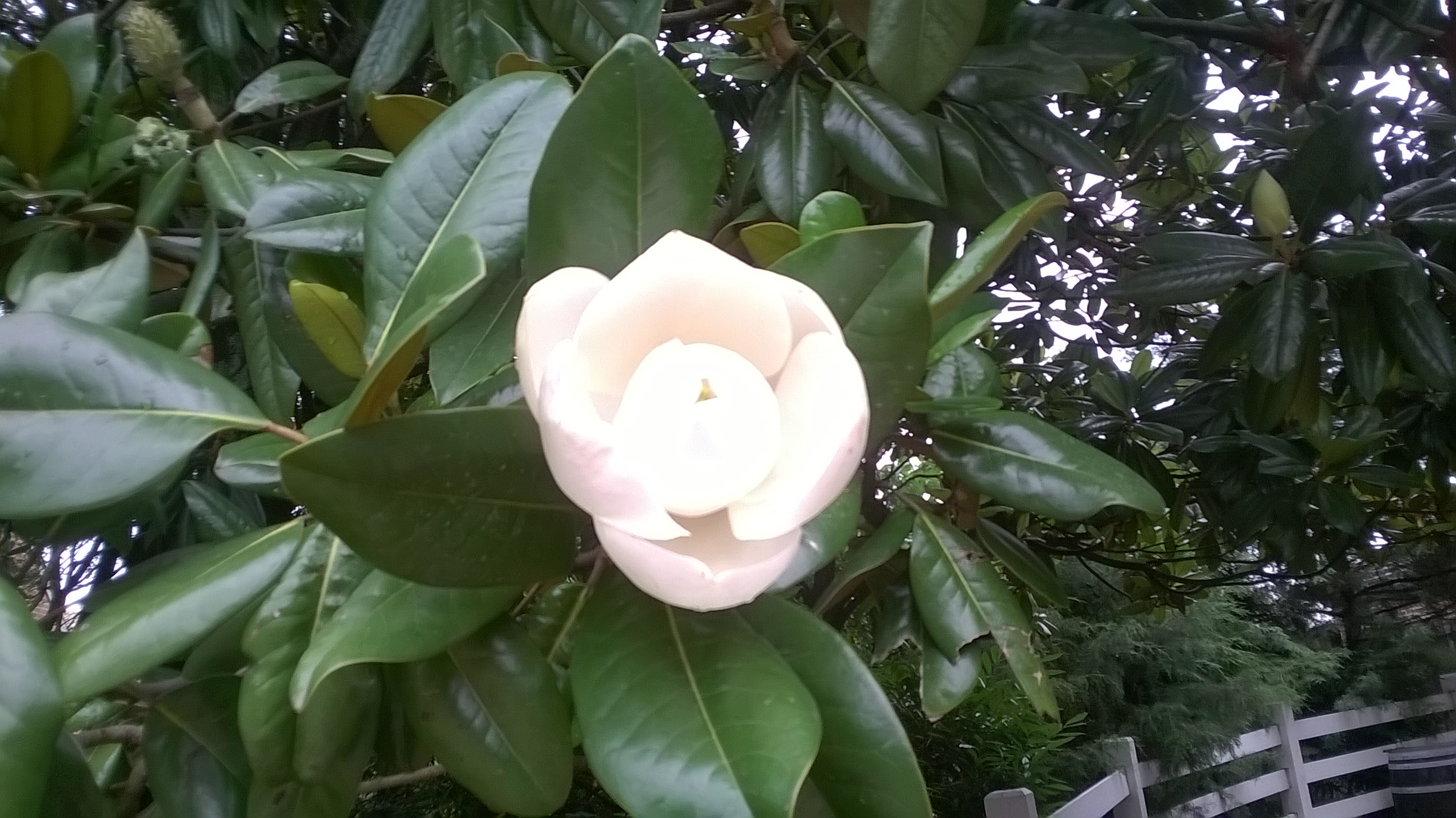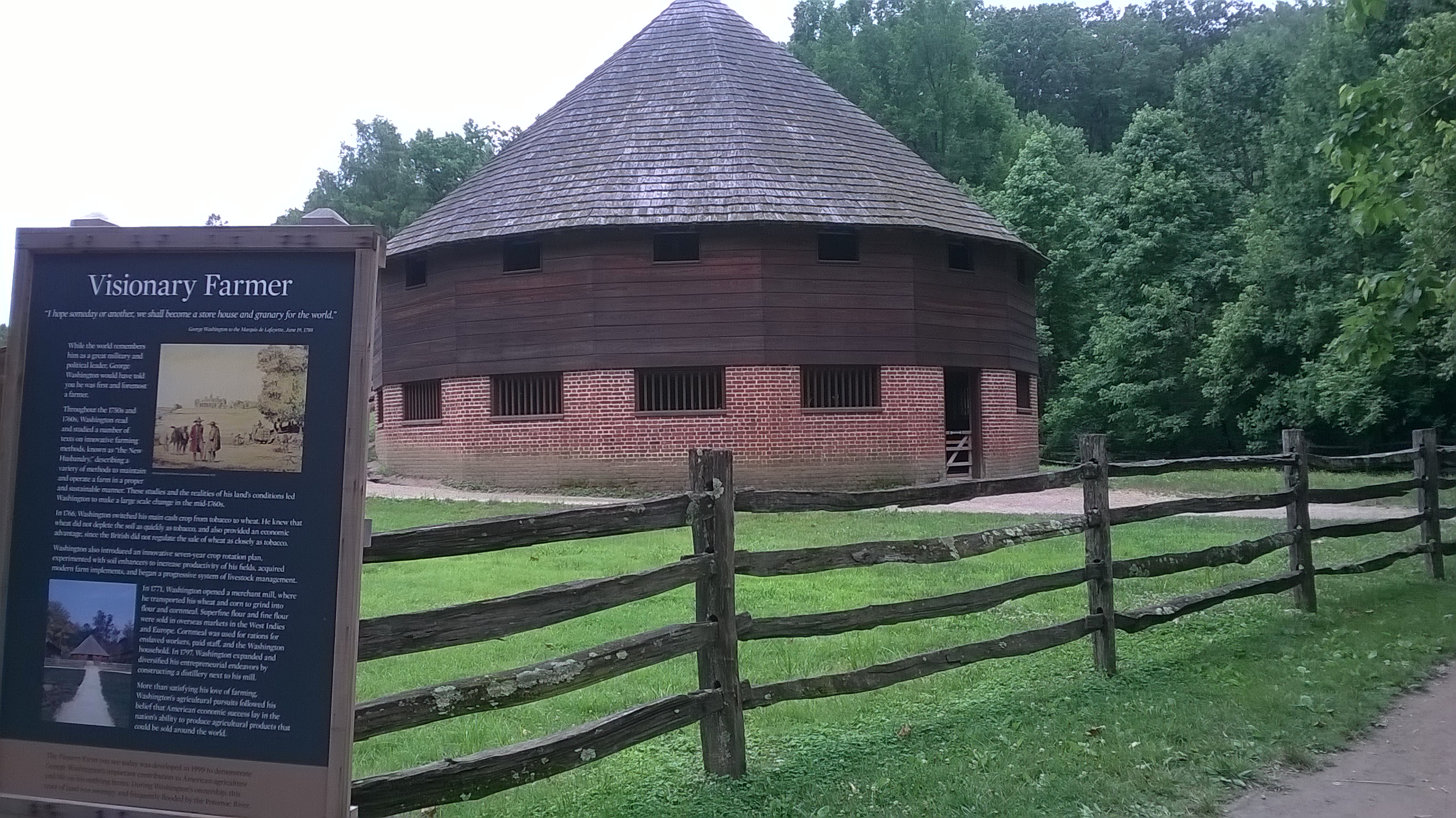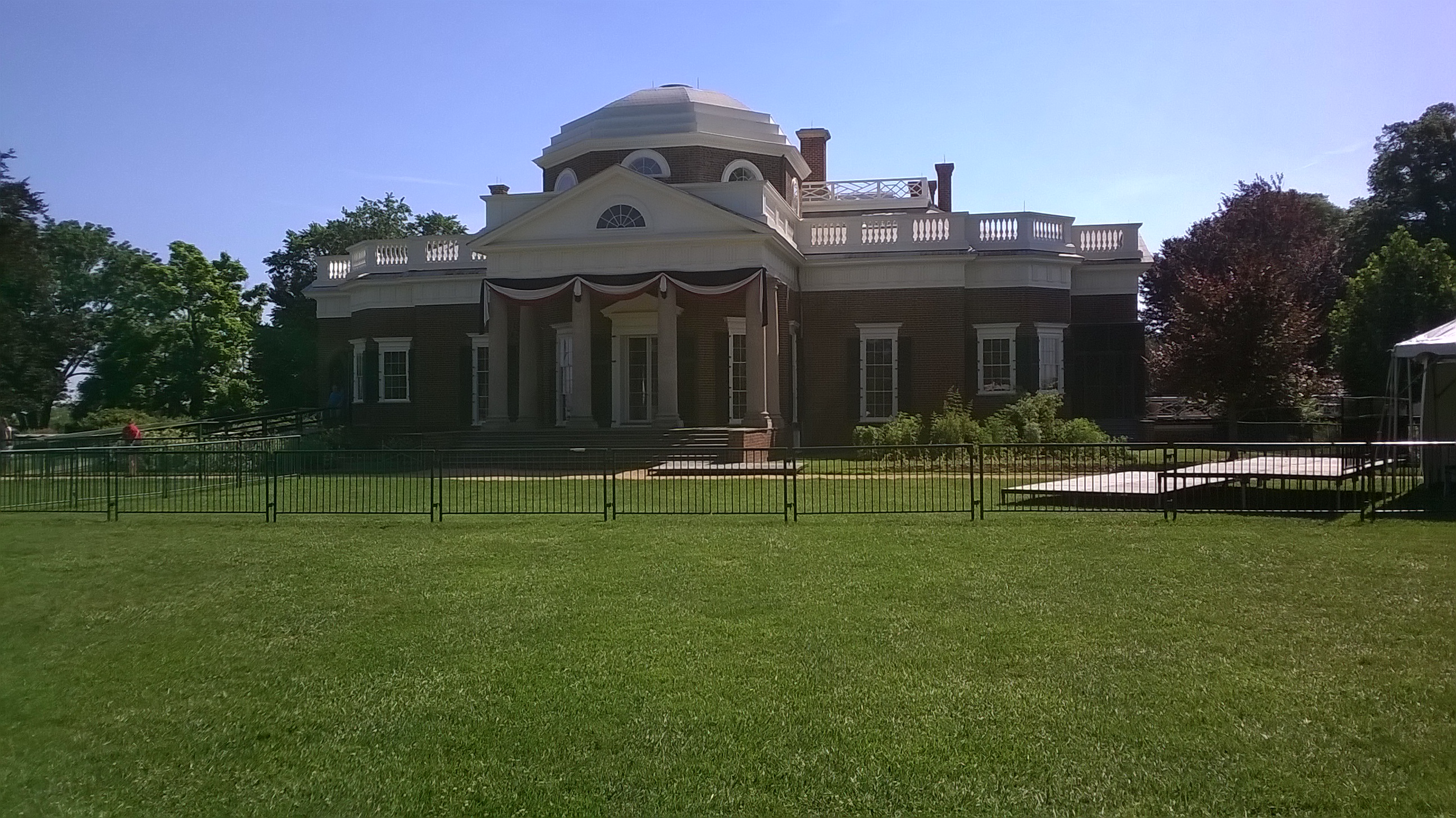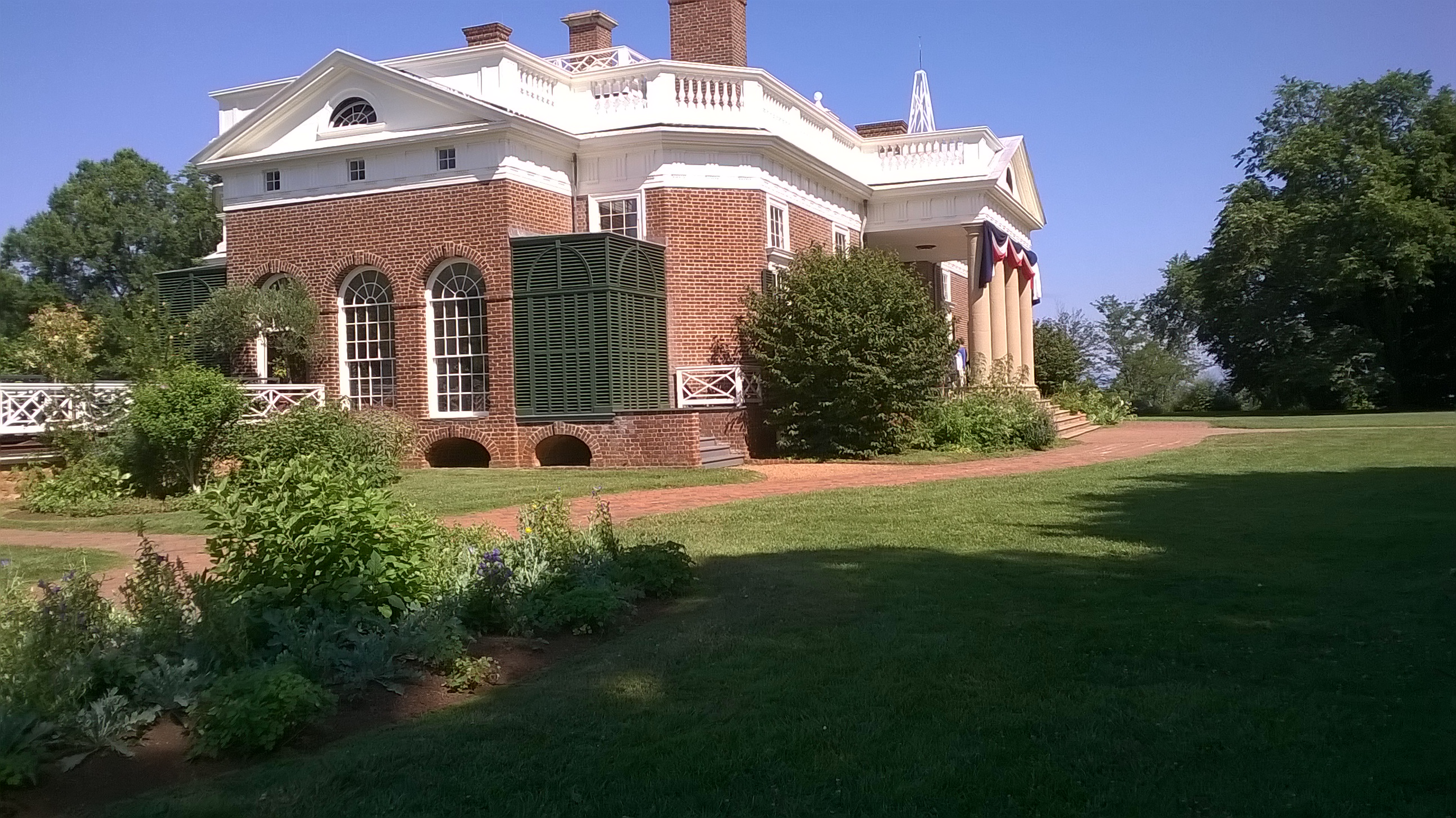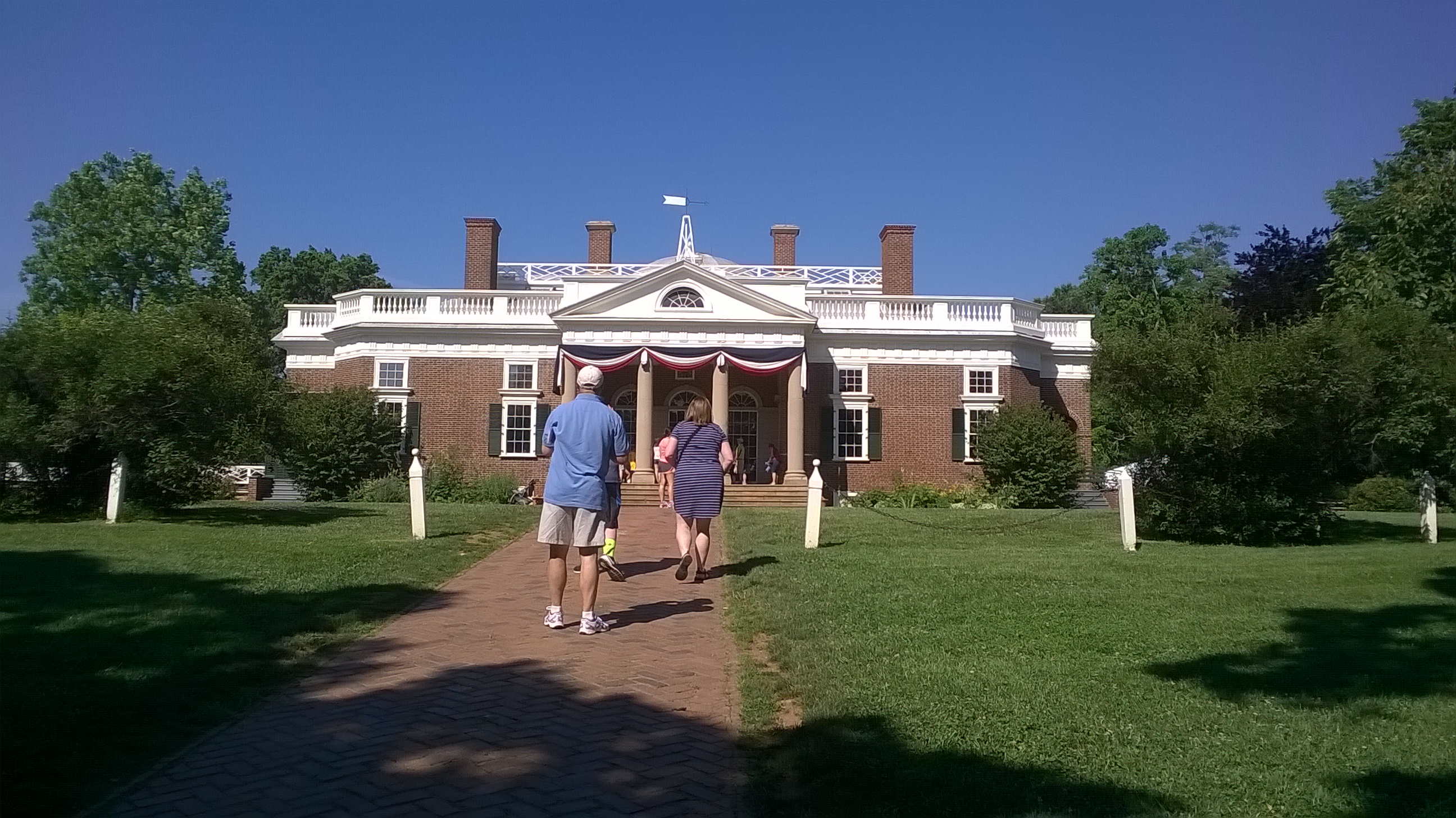A Brittany on DOG Street

On this trip we took our much loved dog Buckaroo with us, I have traveled many times with dogs but never such an extended trip with so many hotels and miles in the car with new stops constantly.
It was quite the experience but our good matured Brittany spaniel was a good traveler and this trip made him even better than he was before.
I have discovered that most towns have a park where you can walk your dog, that usually there is picnic tables to take a break and eat lunch and that way the dog gets a break from the car as well.
When it is summertime and hot you certainly cannot leave the dog in the car even for a minute, it could be life or death.
On a trip like ours, you need to give water very frequently and keep an eye on how often they drink and pee. You do not want a dehydrated or constipated dog.
Another thing I have discovered is that Buck does not eat his dry food as well as I would like, he sort of gets picky from all the travel so we cured that, I would mix a little canned food in his dry food at night and then he would eat, it also seemed better for him to pretty much eat at night when we were stopped for the day. I also found nutritious dog treats were a helpful commodity to give needed calories if he was refusing to eat very well.
There seems to be lots of pet friendly hotels these days, some don’t charge a dog fee and others do. La
Quinta Inns and Suites are really good about pets, usually don’t charge a fee either. Some La Quinta’s are like new and others are older and rundown but for the most part they are usually clean, decent and beds have pillow top mattresses. Occasionally you get one that is not so wonderful but that is more the exception than the rule. They of course are not the Hilton but certainly nicer than a motel 6 and if its a newer one its as nice as Holiday Inn. They also serve breakfast usually. Seems to be variety in the cooking but mostly okay with waffles, toast ,eggs, sometimes sausage or bacon, etc. and fruit, yogurt, etc.
Quality Inns and Suites is another pet friendly hotel that is usually very nice with breakfast, some charge pet fees that range from $10.00 to $50.00. It’s always good to check on that ahead with any hotel and to let them know when you make your reservation that way they make sure they reserve a pet friendly room for you.

Quality Inn is also part of Choice hotels which has several chains, some of their other hotels allow pets and all the stays add up if you get a member card and count toward a free night stay. That also applies to la Quinta too.
We stayed at a Econo Lodge and it was pet friendly but was very bare bones. Even though it was clean and they did have breakfast, the room was older and bed lumpy. I cannot say I have stayed at enough of these to know how a lot of them are but it was somewhat like staying in Motel 6.
Another thing that I would consider when traveling is checking out local hotels, some are really quite good and economical but I will also say don’t take a room sight unseen without seeing it first as I have had some really bad experiences when I didn’t. The difference is I guess that chain hotels have to keep some kind of standard but a private hotel has only themselves to answer to.
Another chain that accepts dogs and often without much pet fee is America’s Best Value Inn. The down side is their standard of quality seems to vary widely. We stayed in one in Rapid City, South Dakota one time which was just lovely and very posh like a Holiday Inn or a Hilton and reasonably priced but then we stayed at one in Fort Collins which was a really awful dump and I had to argue with the owner that I was not satisfied and was not paying to stay a second night. I would always say check how old and especially how the particular hotel is rated.
Another way to save money is if you have AAA. It gives you a discount for a variety of things but one of the main things is on hotel rooms, it knocks of 10-15% often times and that can really add up.
Actually, AAA has been a big help in many ways when traveling, not only with price on rooms but also if you have car trouble or a flat tire, or need a tow, you can call AAA and they will offer roadside assistance and tow your truck to the shop. It has paid for itself more often than not. AAA also has travel info, books on different states, or countries, and maps which is incredibly helpful when planning a trip.
Back to the dog thing, we made Buckaroo a bed behind the passenger seat and he was most content after the trip got under way, if we were at a hotel room and wanted to go out to eat or someplace we could not take him we left him in the room in his kennel. If your dog is used to the kennel this is a blessing because often the dog feels secure in his kennel, its his bed and when you leave him somewhere new he feels safe in his bed and the added bonus is you don’t have to worry about him getting upset and chewing up something or trying to tear down the door in search of you because you left him in a strange place. It worked really well.
And then there was DOG Street along with many other places. At places like Mount Vernon, Monticello, Williamsburg, Yorktown, Jamestown historic and many more sights you can bring your dog with you. He cannot go inside buildings but can be everywhere else outside. Sometimes inside a barn or workshop is okay. Anyway, so we took Buck along. He went on the shuttles at Mount Vernon and on the shuttle at Williamsburg, and he walked DOG Street with us at Williamsburg. DOG Street stands for Duke of Gloucester Street in Colonial Williamsburg which is the main drag but since they are dog friendly they dubbed it DOG street in honor of canine companions. Buck even attended the 4th of July festivities at Williamsburg and there is many places where water bowls are set out for the pooches that come along.
Buckaroo was a big hit everywhere we went. People from all over the world, and all shapes, ages and sizes made over him like he was a celebrity. They commented on how pretty he was, how soft, could they pet him, what was his name, what breed was he. One thing I don’t think Brittany Spaniels are as common back east and I truly did not see any other Brittany Spaniels on our trip.
He was very good and polite and let everyone pet and make over him but on one very long trying day where hundreds of people probably pet him, at the end He kept crowding to me and looking up at me like “can we go now, I have had enough. So the reality is, know your dog, no matter how good they are remember they are animals, they do get tired and travel and strangers can be overwhelming. So, we went on back to our hotel where he crashed on the spare bed and the next day I left him at the hotel for part of the day. And then the next day he was perfectly fine to face the crowds again.
I will say traveling with a dog is extra work, they have to have a walk, and some hotels have hardly anywhere to do this so that is a challenge, it takes extra palnning. But I will also say it can be fun and rewarding as well.
The bottom line we were not willing to leave our Buckaroo for over a month, if it had been shorter we might have left him home but by him going it made him a better traveler, more used to large crowds and he was wasn’t wondering what had become of us.
On one other note, when travelling long distances away from home, it is a good idea to have a vet check and possibly a health certificate and also if your pooch is not already on it it would be very important to have your dog take heart worm medicine, which you would want to start ahead of your trip a few weeks. Also, make sure your dog is up to date on all his vaccines and tell your vet where you might be traveling to so if there is any extra vaccines he should have. All in all not that complicated but very important and worth the investment to keep your dog from getting sick. Also, if your dog has a chip be sure to have that info with you as well as a description, a copy of his papers if registered and a photo or at least one on your phone. it’s always possible Fido could get away from you and then you have to track him down.
And here is one other piece of friendly advice. ALWAYS keep your dog on a leash, especially in new places and while traveling. For one thing you are in a strange place and if your dog is loose he may not act the same as when you are at home. If he disobeys you and runs off finding him may be much harder or even impossible. By keeping him on a leash you are keeping him safe and you stress free. Plus if another dog approaches that is loose you have better means of controlling the situation than if your dog is loose as well.
All in all Happy Traveling and have a fun trip with fido in tow!

